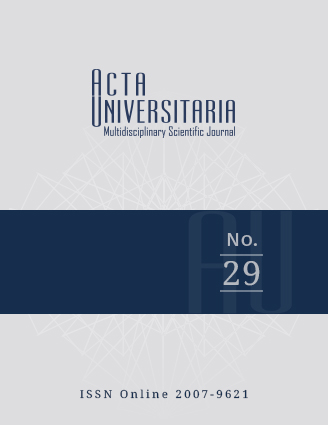Correlation of the rs1815739 polymorphism of the ACTNIII gene with the result of two orthopedic treatments in class II malocclusion
Published 2019-10-02
How to Cite
Abstract
The presence of polymorphic variations in the ACTNIII gene influences muscle performance and the alpha-actinin-3 fibers, presenting functional consequences of great clinical importance in the stomatognathic complex. The objective of the present study was to determine the frequency of the polymorphism rs1815739 of the ACTNIII gene and its correlation with the results from two orthopedic treatments in class II malocclusion (MoCII). A comparative cross-sectional study was conducted on 66 students, previously diagnosed with MoCII, from eight general secondary schools in the city of Durango, Durango. A capillary blood sample was taken from their index finger for further analysis and genotyping under the polymerase chain reaction with high resolution melting technique (PCR-HRM). The participants were grouped according to genotype and type of bite. The results show that, although no statistically significant correlation (S = 0.057, p = 0.650) was found between the variables under study, it is observed that one of every three subjects presents the homozygous mutant (TT) risk genotype (42%).


